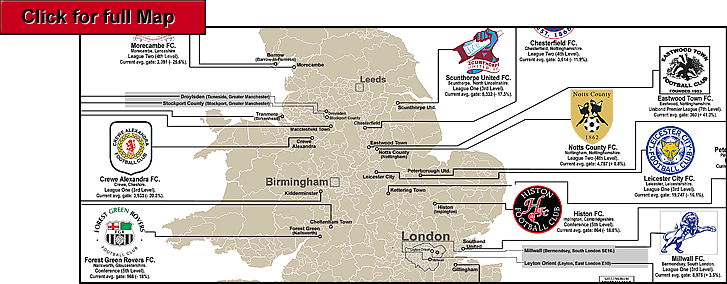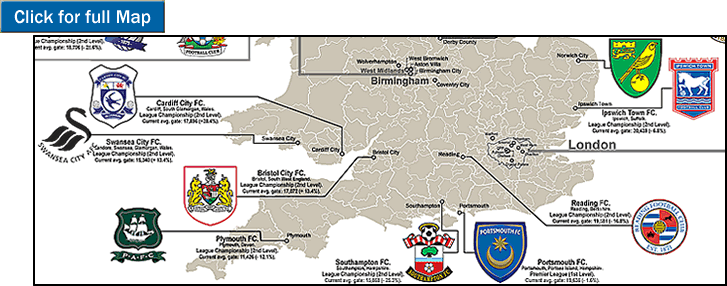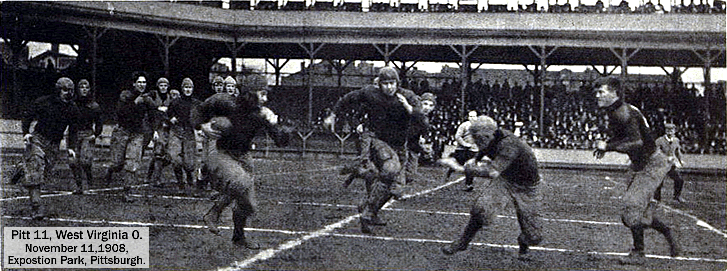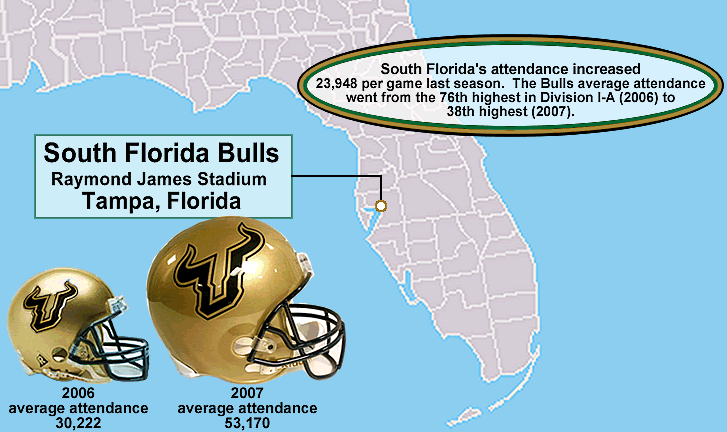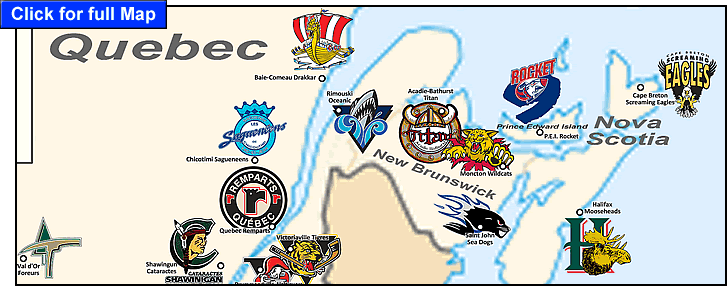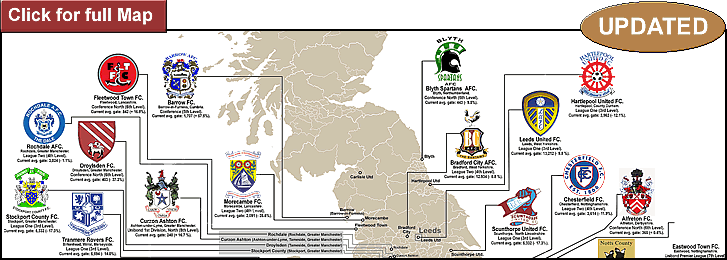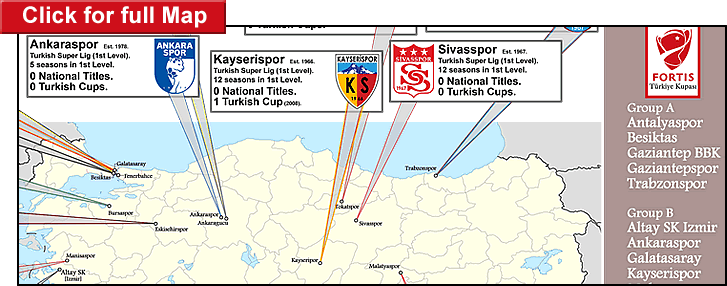
The Big 12 was formed in 1994, when the Big 8 merged with 4 schools from Texas that had come from the just-disbanded Southwest Conference. The first season of Big 12 football was in 1996.
The Big 8 has it’s origins in the Missouri Valley Intercollegiate Athletic Association, which began football competition in 1907. Founding schools were the University of Kansas (Lawrence, KA), the University of Missouri (Columbia, MO), the University of Nebraska (Lincoln, NE), and Washington University (St. Louis, MO). The next year, 1908, Drake University (Des Moines, IA) and Iowa State (Ames, IA) joined. Kansas State (Manhattan, KA) joined in 1913. Grinnell College (Grinnell, IA) joined in 1919. The University of Oklahoma (Norman, OK) joined in 1920. Oklahoma A & M (Stillwater, OK) joined in 1925; this school is now called Oklahoma State.
Three years later, though, Oklahoma A & M left the conference, along with the smaller schools, to form the Missouri Valley Conference (the MVC).
The other large schools remained together as the MVIAA; the conference began to become popularly known as the Big 6…Iowa State, Kansas, Kansas State, Missouri, Nebraska, and Oklahoma.
The Big 6 remained stable throughout the 1930s and World War II. In 1948, the University of Colorado (Boulder, CO) joined, and the conference became known as the Big 7.
A decade later, Oklahoma State rejoined, and began play for football in 1960. The conference then became known as the Big 8.
The conference remained the same throughout the sixties, seventies, eighties, and early 1990s. During this time 2 of the schools in the Big 8 emerged as national powerhouses…the Oklahoma Sooners and the Nebraska Cornhuskers. Both of these teams currently draw over 80,000 per game. Oklahoma has won 7 National Titles (the last in 2000), Nebraska has won 5 National Titles (the last in 1997).
Since the merger with the four Texas teams from the SWC, the conference has seen their national exposure only grow, as the football programs of the Texas Longhorns and the Texas A & M Aggies similarly draw over 80,ooo per game. Texas has won 3 National Titles (the last in 2005); Texas A & M won their only National Title in 1939. The only other team in the Big 12 that has won a National Title is Colorado, in 1990. The Buffaloes draw around 50,000 per game.
In recent years, the Big 12 has seen the emergence of the football programs of Kansas State, Kansas, Missouri, and Texas Tech. For around 40 years, Kansas State was one of the worst Division I-A teams in the country…it was 69 years between conference titles for the Wildcats (1934, 2003). The Kansas Jayhawks were a mediocre-to-poor football team for around 35 years, but last year achieved a #7 AP ranking and an Orange Bowl victory. The Missouri Tigers, while not as historically bad as the two Kansas teams, still had not done much to brag about since 1965 (#4), but in the last few years have emerged as a real threat. Last year the Tigers made it to the Big 12 Championship Game (which they lost to Oklahoma), and won the Cotton Bowl. At 12-2, Missouri was ranked #4 in the AP Poll in 2007.
Finally, there is Texas Tech {team profile, from CBS Sports site, Click here; Wikipedia page here}. The Red Raiders are from Lubbock (metro population of around 261,000), {Visit Lubbock site here}., in a region referred to as the South Plains (comprising the Texas panhandle {see this}, plus the area to the immediate south).
For 25 years (1932-’56), Texas Tech played in the obscurity of the old Border Intercollegiate Athletic Association (which was composed of football teams from schools in Arizona, New Mexico, and west Texas). In 1960, Texas Tech joined the SWC. They have won 9 BIAA Titles (the last in 1955), and 2 SWC Titles (the last in 1994, when they were only 6-6, but managed a share of the conference title, with Texas).
Though Texas Tech has not won a Big 12 Conference Title, they are the only team to have maintained a winning record in every season of the Big 12.
Mike Leach inherited the Texas Tech football program from Spike Dykes (13 years, 82 wins) after the 1999 season. The team has gone to a Bowl game every year during the innovative Leach’s tenure, and have won at least 8 games for 7 straight years. Raised in Cody, Wyoming, Leach grew up a fan of the relatively near-by Brigham Young University football team, whose high-flying offense (which won BYU a National Title in 1984) can be now seen as a harbinger of the current college game. Leach graduated from BYU, then earned a Law Degree at Princeton.
Mike Leach did not play football at the college level (unusual for Division I coaches, although another of the six coaches in this category is also in the Big 12: Mark Mangino of Kansas). Leach’s trademark is the prolific, passing-oriented offense, which is known as the spread offense, for the way it spreads the defense out, revealing weaknesses exploited by the multiple wide reciever/ wing-back formations. Leach was offensive coordinator at Valdosta, Kentucky, and Oklahoma. He came to Texas Tech in the same role, and became head coach in 2000.
This season, the mighty Texas Tech offense continues to roll (they average 47.9 points per game). Their next test is Saturday, when they travel across the state-line to play #5 Oklahoma. #2 Texas Tech has a real shot at the championship. If they can beat the Sooners, Tech finishes the regular season against perennial pushovers Baylor. If they win that too, Texas Tech will be in the BCS Championship Game, opponent, of course, TBD.
Thanks to nationalchamps.net/ All-Time Database {Click here}. Thanks to the College Football Data Warehouse {Click here}. Thanks to the contributors to the pages of the Big 12, Big 8, the SWC, and the BIAA, on Wikipedia. Thanks to the writers at Sports Illustrated August 11, 2008 print edition, including Austin Murphy {si.com, Click here}.
Thanks to Chris Creamer’s Sports Logos Page {Click here}. Thanks to Logo Shak {Click here}. Thanks to Logo Server {Click here}.
Thanks to Helmet Hut {Click here}.
Thanks to the Helmet Project {Click here}.
Thanks to MG’s Helmets {Click here}.
Thanks to Sports Logos and Screen Savers {Click here}. Thanks to FootballFanatics.com {Click here}.
AP Poll, and BCS Standings {Click here}.
